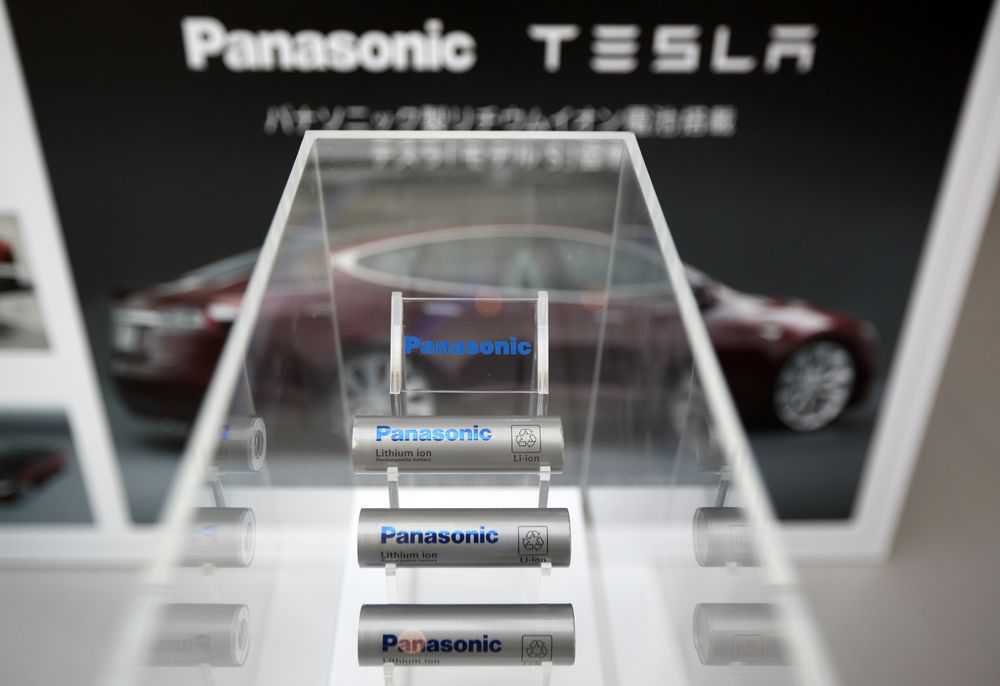Panasonic Will Survive Its Tesla Codependency

If you’ve been tied to the hype around Tesla Inc., it can feel difficult to untether. But Panasonic Corp., one of the carmaker’s longest-standing associates and the world’s largest supplier of electric-car batteries, is showing how the perils of a relationship could outweigh the benefits.
This week, Panasonic said Tesla was retreating from an agreement to buy all the solar cells and modules it makes at Tesla’s solar facility — the so called Gigafactory 2 — in Buffalo, where it is investing almost $300 million.
As part of the agreement signed less than two years ago, Panasonic was expected to cover capital costs and Tesla signed up to a 10-year purchase commitment, according to filings. Now, Panasonic is being forced to diversify its customers — effectively removing the exclusivity with Tesla, and selling to potential competitors.
Can't Cut It
Panasonic's share price has struggled recently despite its efforts to diversify
That move is understandable. After all, Panasonic has spent hundreds of millions on its partnerships with Tesla. It’s been laying out about 220 billion yen ($2 billion) annually in recent years on auto batteries, rising to 240 billion in the current year through March 2019. That includes spending on its Japanese plant and a new one in Dalian in China, but Tesla’s Nevada Gigafactory 1 is still probably consuming a third of the total. 1
In recent months the perils of the relationship have come into focus. Panasonic’s energy business — a unit that includes batteries, but not solar — posted operating losses in the first quarter of its fiscal year, after earnings were hit by costs relating to the Nevada Gigafactory, in spite of higher sales. Tesla’s attempts to ramp up production aggressively rather than gradually have been a big “burden” on Panasonic’s profits, management said on an earnings call. Delays in shipments to Tesla also played a part.
The company’s chief financial officer Hirokazu Umeda said the energy unit posted a loss in the first quarter, but expects to move into profit by the end of the year. That seems optimistic at this point, given Tesla’s on-going production problems that will only be prolonged by Elon Musk’s latest buyout-by-tweet preoccupation.
Source: https://www.bloomberg.com
Tags :
Previous Story
- Wärtsilä Equipped Canadian Ferry: Minimal Environmental Impact
- Trump thinks his tariffs are saving the US...
- The Day The Stock Market Music Died
- Stock market surges after China trade talk news,...
- Turkish Lira rebounds to help global shares regain...
- Samsung is making its own smart speaker
- No, you don’t want a first-gen 5G smartphone
- How to Use Amazon Echo as Your Home...